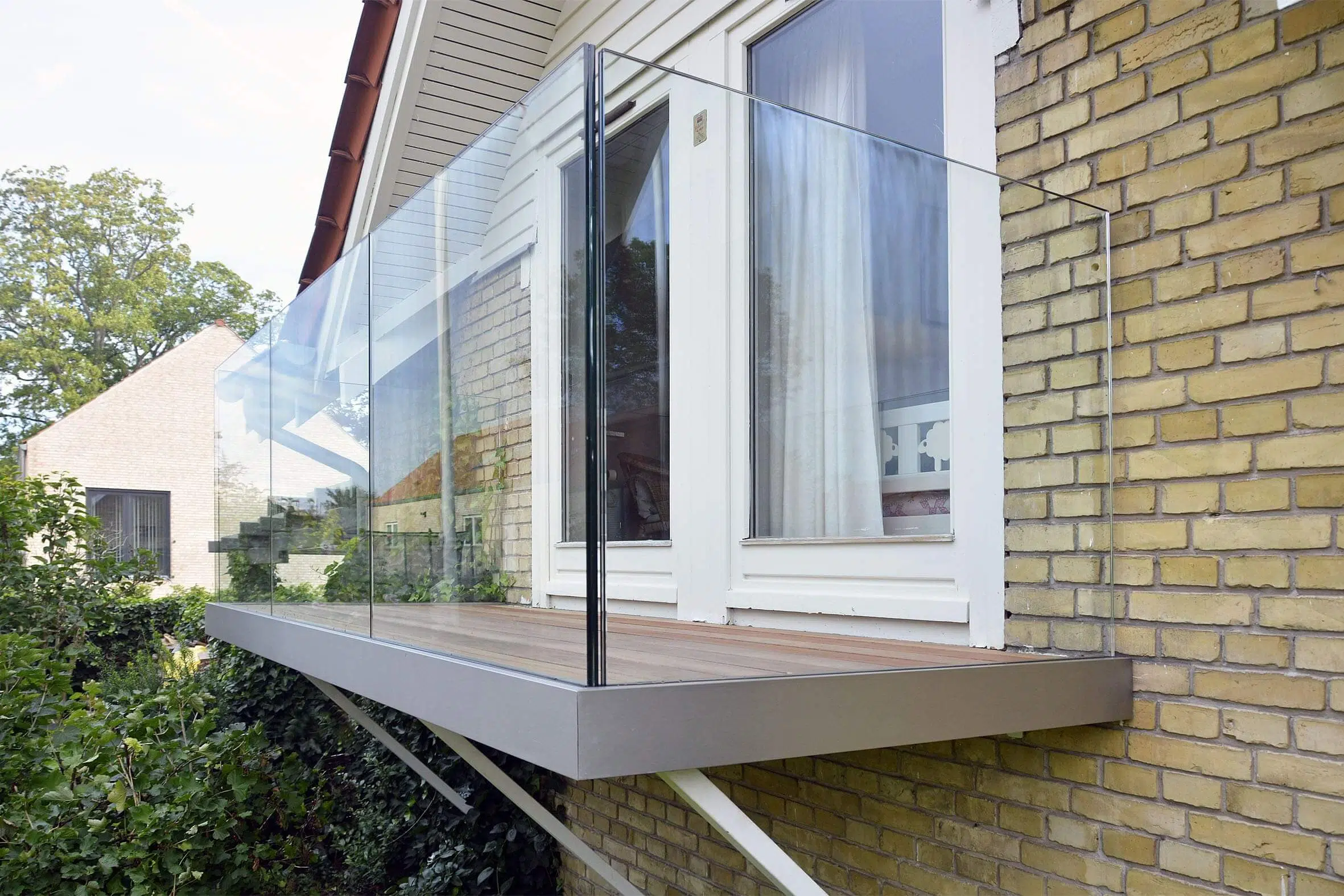3D Product Configurator for the Shipbuilding Industry

The shipbuilding industry is a continuously growing market, thanks in part to
technological advancements and automation. The shipping market is expected to be worth $195.48 billion by 2030, meaning that the production and sale of ships are on track to experience a boom.
But the process of building and selling ships isn't always smooth sailing, as there can be disputes regarding complex design elements or technical defects. Additionally, the sale and purchase of a vessel often involve large amounts of money (around $50-130 million), a broker, and some level of professional knowledge, such as the type of ship involved and how to bargain on the ship's price.
So how does a 3D product configurator come into play?
To significantly make this process easier without involving brokers, 3D product configurators offer the buyer a friendly user interface where they can visually make changes to the ship's components and design, allowing them to control costs at a granular level. Buyers can also customize many details of their ship, among numerous other benefits we will look at in this article.
The Shipbuilding Industry: A 5-year Outlook
The shipbuilding industry is no doubt one of the oldest and most fiercely competitive markets. Due to the desire for globalization and the ease with which raw materials, components, and finished goods can be transported across international waterways, the shipbuilding industry is by nature more international than local. Let’s look at the 5-7 year outlook for the shipbuilding industry.
Adoption of robotics
Robotics has become a new norm in many industries worldwide, and the shipbuilding industry is no exception. Across all industries, robot shipments experienced a significant 12% increase between 2020 and 2022 worldwide.
In 2020, the global market size for shipbuilding robots was $581.3 million. It was expected to grow from $616 million in 2021 to $1001.4 million in 2028, for a CAGR of 7.74%. The use of robotics in shipbuilding is here to stay!
LNG fuel for ship engines
Liquified natural gas (LNG) as an alternative fuel for ships has become a big deal in recent years due to its environmental friendliness. According to McKinsey, the global gas industry could be valued anywhere between $310 billion and $725 billion by 2030 (depending on various factors), compared to $340 billion in 2011. LNG accounts for about 10% of the global gas market.
Although LNG is now becoming a full-blown option for shipbuilding companies, many technological and commercial considerations must be taken into account when promoting LNG as a marine fuel.
Laser cladding machine
The shipbuilding industry has evolved into an essential component of the water transportation, marine development, and defense industries thanks to ongoing advances in shipbuilding technology. The shipbuilding industry's primary development trends are "precise shipbuilding" and "fast shipbuilding," with laser cladding technology, for example, experiencing rapid adoption in the shipbuilding industry.
Anticipation of Asia-Pacific to dominate the market
Shipbuilding has become a crucial strategic sector due to steady increases in international trends. The East Asian region dominates shipbuilding, with China, Japan, and South Korea being the top three shipbuilding nations in the world. However, Europe is still a significant market for cruise ship production. In 2021, China had more than half of all shipbuilding orders, making it the world's leading shipbuilder.
The shipbuilding industry in China is highly modernized and is expanding geographically every year. By 2020, the China market dominated the Asia Pacific Shipbuilding Market and is expected to continue this dominance until 2027.
With the Asia Pacific Shipbuilding Market expected to experience a CAGR of 3.4% between 2012-2027, there is no doubt that the Asia-Pacific region is gradually dominating the market.
Increase in demand for maritime transport
The main means of transport for global trade is ocean shipping, accounting for 50% of goods traded between the EU and the rest of the world in 2021. The demand for maritime transport is expected to continue increasing.
Seeing that the demand for ships is increasing, 3D product configurators will undoubtedly play their part in the growth of the shipbuilding industry.
With a 3D product configurator, customers are able to customize various aspects of the ships, such as length, color, and options, while receiving real-time price quotes for their current configuration.
How 3D Product Configurators Can Help Shipbuilding Companies Cruise Toward Better Sales Experiences
3D product configurators are one of the most significant innovations in eCommerce. Let’s look at how this technology will benefit the shipbuilding industry and how it can improve customer service and sales experience, therefore increasing ROI.
Product visualization and customization where possible
A good 3D product configurator allows potential customers the power of personalization, where they are free to interact personally with the product before purchase. Customers also get to enjoy the following benefits:
- Augmented reality technology allows the customer to view the size of the ship or parts of the ship in context.
- Customization of products according to taste or satisfaction in areas such as color, length, fittings, etc.
- With custom-built 3D product configurators, you can go as deep as you like with the customization options. This includes everything from the type of bolts used, right down to the color of the walls inside the ship, and everything in between. 3D configurators are typically designed to instantly reflect the price of each customization made by the customer.
Lower acquisition costs
When clients can take ownership of the design, their perception of value is significantly enhanced. Customers are more inclined to pay more when they can fully customize a product to suit their lifestyle and personality.
Real-time photo-realistic 3D configurators enable brands to obtain significantly higher engagement rates on their digital properties, better quality leads, and consequently higher conversion rates, resulting in lower customer acquisition costs.
Can the shipbuilding industry benefit from this? The answer is yes! Ships are expensive, and real-time photo-realistic 3D configurators will allow customers to manage costs effectively, among many other advantages.
Increased customer satisfaction
Obviously, every customer wants to be satisfied with the product they purchase, and manufacturers make customer satisfaction an utmost priority. Offering your customers the chance to see exactly what they are buying increases the probability of them being happy with the product when they receive it.
A 3D product configurator guarantees smoother interactions between customer and manufacturer. Customers do not need to make phone calls or have face-to-face meetings with manufacturers in order to specify the details of the product they would like to buy.
Fewer disputes and partial involvement of brokers
Selling ships usually involves a broker to help smooth the acquisition process and reduce the chance of disputes or contract breaches. A 3D product configurator can help reduce the chances of conflicts by offering automatic feasibility checks to ensure that a particular configuration can be built and to give customers individualized support to help them make decisions about specific customization options.
Better visualization of the ship before purchase
The 3D product configurator will allow potential clients and shipping companies to have a full zoom-in and zoom-out, 360-degree visualization of the size and type of ship they are purchasing.
Who’s Using Salsita 3D Configurator?
Salsita 3D Configurator offers one of the most efficient and flexible 3D product configurators. With Salsita’s seamless integration with third-party software, companies have seen major benefits after adopting this technology.

Easysteel has used the 3D product configurator software to streamline the customer experience and give customers the satisfaction of personally customizing a product before purchase, increasing customer conversions and ROI.


